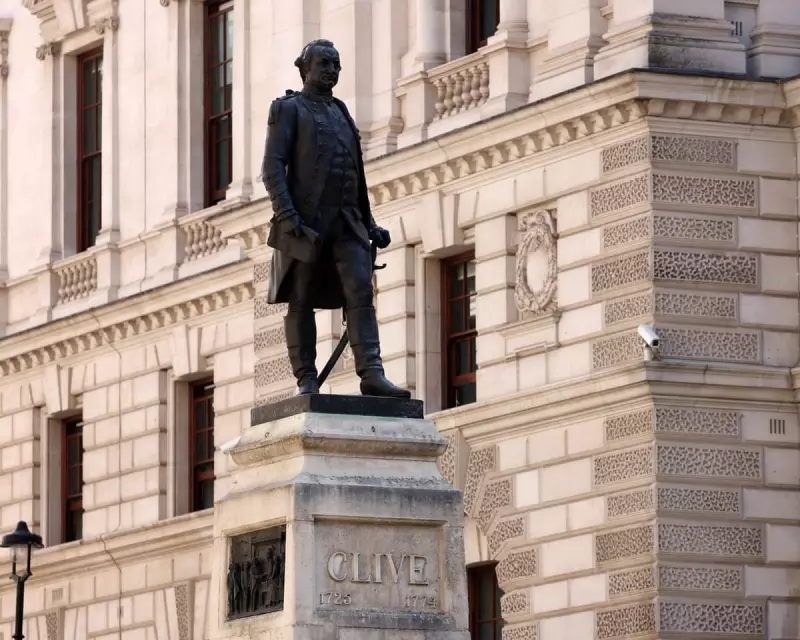
Across Britain's town squares and city centres, a quiet revolution is reshaping the nation's physical landscape. Councils and local authorities are engaged in the contentious process of removing statues with links to colonialism, slavery, and controversial historical figures.
The New Battle Over Britain's Monuments
This movement gained significant momentum following the Black Lives Matter protests of 2020, which saw the toppling of Edward Colston's statue in Bristol. Since then, numerous local authorities have established formal review processes to assess which monuments should remain in public spaces.
Proponents argue that removing statues glorifying figures associated with oppression represents a necessary reckoning with Britain's complex past. They maintain that public spaces should reflect contemporary values rather than celebrate historical injustices.
The Preservation Perspective
Opponents of removal counter that these monuments serve as important historical documents that should be preserved and contextualised rather than erased. They express concern about "sanitising history" and warn against applying modern moral standards to historical figures.
Some historians suggest alternative approaches, such as adding explanatory plaques, creating counter-monuments, or moving statues to museums where they can be properly contextualised.
Case Studies: From Colston to Rhodes
The process has unfolded differently across the country. In Oxford, ongoing debates continue about the Cecil Rhodes statue at Oriel College. Meanwhile, in London, several monuments have been removed from public view following review processes.
Local councils emphasise that decisions follow thorough consultation with historians, community representatives, and the public. However, critics argue the process often lacks transparency and genuine democratic engagement.
The Future of Britain's Public Spaces
As the debate continues, questions remain about how Britain should memorialise its complex history. Some advocate for new monuments celebrating previously marginalised figures, while others call for more nuanced approaches to public commemoration.
This ongoing conversation reflects broader questions about national identity, historical memory, and how societies choose to honour—or reconsider—their past in public spaces.





